
Date of visit: Nov 26th, 2016 ~ Mar 23rd, 2017
Weather: Sunny, cloudy, occasionally snowy
Hello, everyone! This is Narorin♪
In this Narorin Report or Naroripo, I will tell you about my visit to the Antarctica !
Yes, Dr. Kentaro Hayashi, a member of the 58th Japanese Antarctic Research Expedition took me with him. By the way, Dr. Hayashi is a researcher of the Institute for Agro-Environmental Sciences, NARO (NIAES), and also the Unit Leader of the Carbon and Nutrient Nexus Unit, Division of Biochemical Cycles.
We boarded on an icebreaker named "Shirase" in Freemantle, Australia. We were scheduled to arrive at Showa Station in Antarctica in about three weeks.
So I got ready for the adventure by wrapping up with my muffler and pin badge of NIAES !!
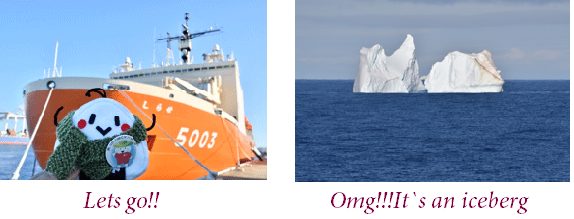
On the way, I saw an iceberg floating on the ocean!
Well...time passed so quickly and before I knew it... nighttime came. But I was surprised to see the sun even mid-night. Then I learned about the so-called "mid-night sun" during summer in the Arctic and Antarctic regions. A clear sky can be seen even at mid-night !
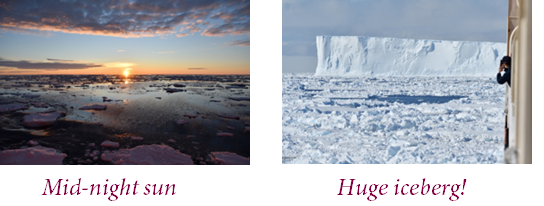
Well, we arrived at Antarctica.
We were welcomed by penguins !! They were called Adelie penguins. It seemed that they were so happy to meet us. Thanks for the warm welcome ♪
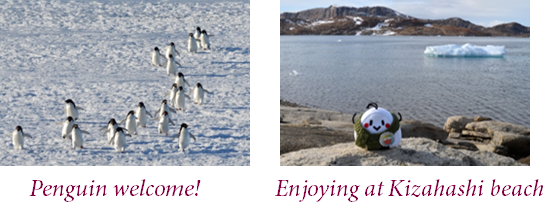
Upon arrival at the Showa Station, each team headed to their assigned places. I took a ride by helicopter to our expedition area, "Kizahashi Beach" also known as stair beach because the hill next to it looks like a staircase.
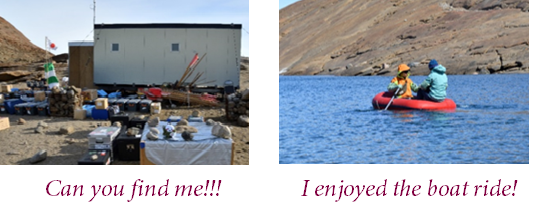
The expedition work started the day after we arrived. Dr. Hayashi took me to a lake in Antarctica to investigate the functions of microorganisms living at the bottom of the lake. We rode a boat to investigate the water quality of the lake and collected sediments from the bottom of the lake.
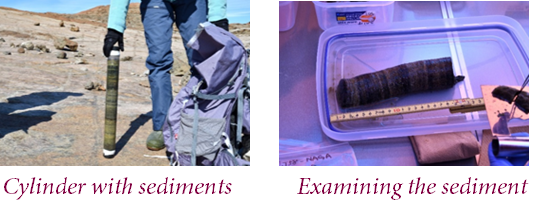
This cylinder contained sediments from the bottom of the lake obtained 50 cm vertically from the surface. Perhaps it's been accumulated over hundreds of years!
This time, the expedition team surveyed nearly 50 lakes and collected samples of lake sediments from nine areas. The aim of this expedition was to investigate the nitrogen cycling driven by microorganisms. As it was difficult to measure on site, further analysis would be made upon returning to Japan.
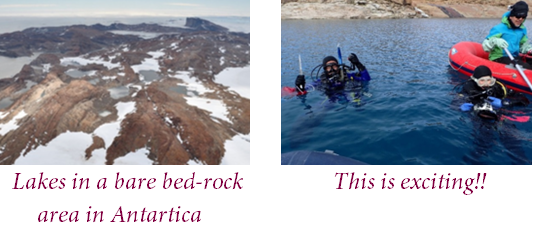
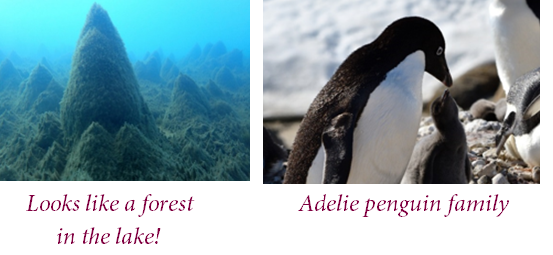
This is called "kokebozu" seen in some lakes in Antarctica composed of moss, algae, and microorganisms. Antarctica is so magical and fun!
Let me introduce various creatures I met there....
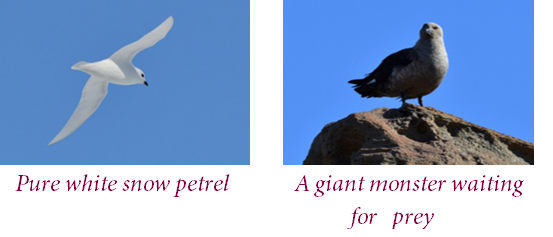
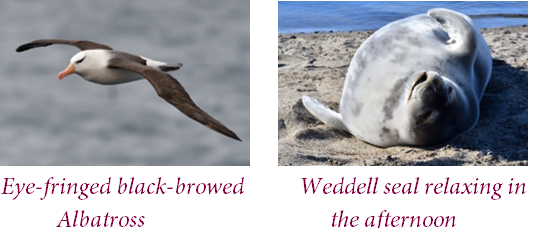
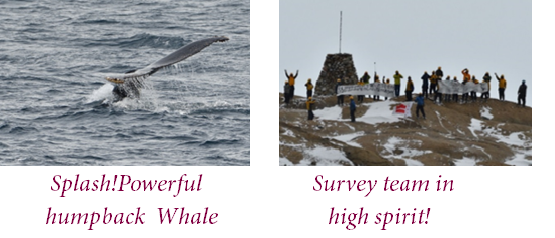
It has been a month and a half since I arrived at the Showa Station. At last, the day for returning back to Japan has come.
On our way back, we saw Aurora from "Shirase". It was a magnificent sight and very beautiful !
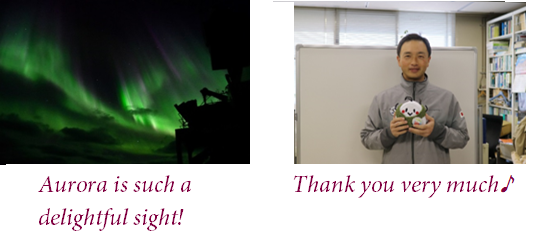
Finally, I would like to thank Dr. Hayashi for taking me with him and helping me for the past four months.
Looking back at the days I spent in Antarctica this summer, I can say that "This is the best summer vacation in my life".
Titbits:
Meals at the Shirase and Showa station were mainly prepared by the Maritime Self-defense Forces. Friday's lunch was curry and on 9th days we had steak for dinner.
When we were investigating outdoors such as the Kizaharashi beach, we prepared our food by ourselves! All the foods were tasty, so I may have gained some weight during this trip.
Now I'm wondering where to go next...
Check here for further details about the Institute of Agro-Environmental Sciences